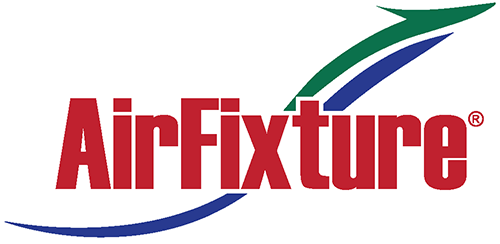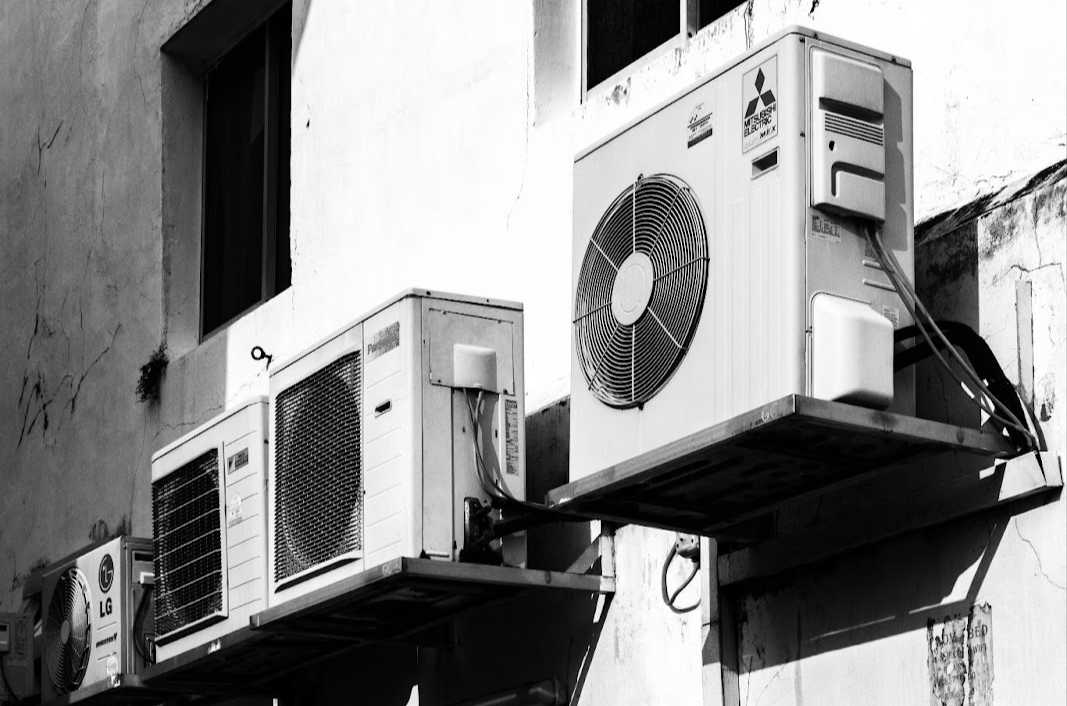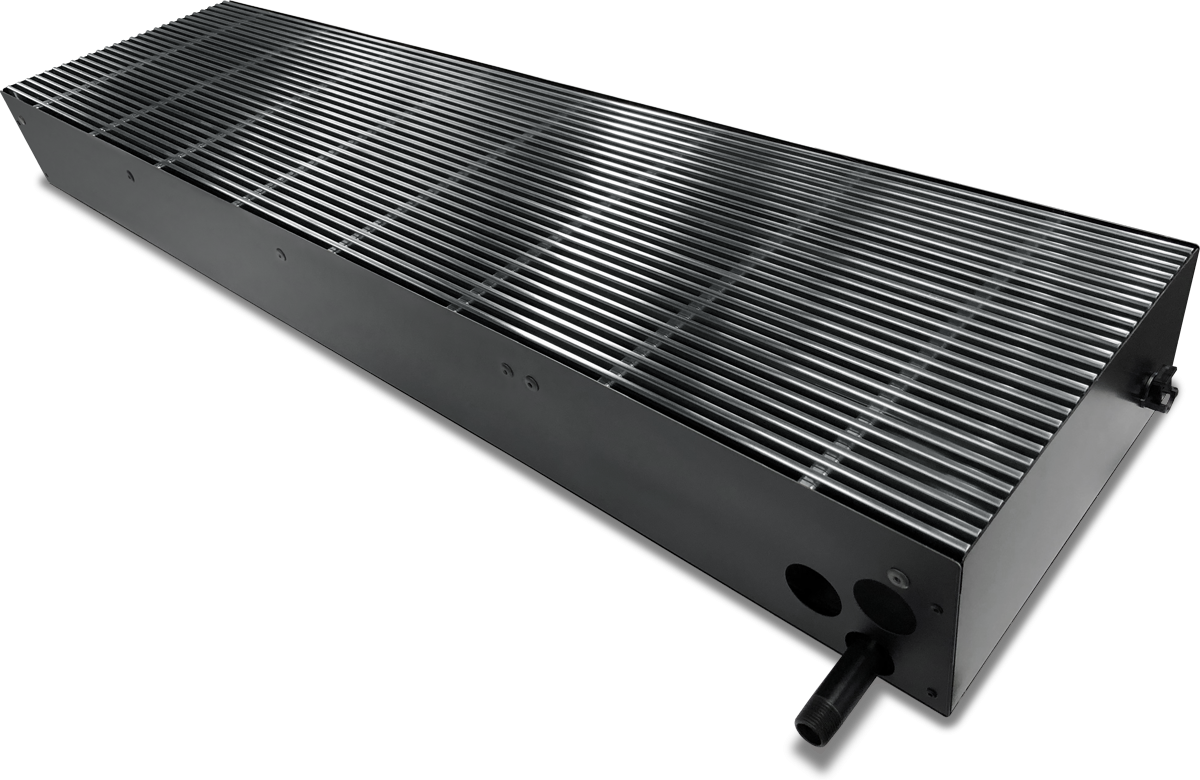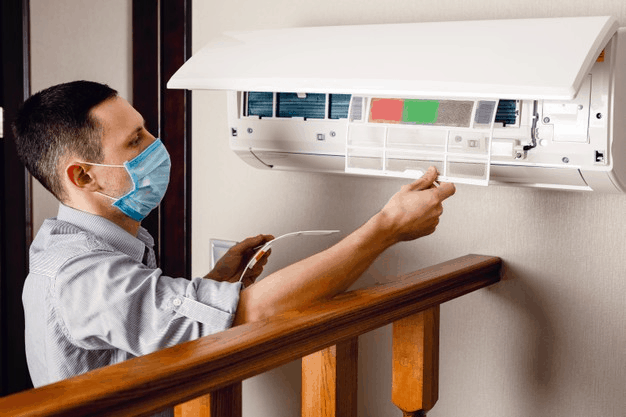Designing an HVAC system for commercial buildings, public spaces, or other industrial applications is a complex process. Architects and mechanical engineers must explore whether to use an underfloor air distribution system equipped with air plenums or an overhead VAV system that relies on ducted air return.
Understanding the difference between these two HVAC systems can help you choose the right one that will last for years to come. Today, we'll explain the difference between a return air duct and an underfloor air plenum and compare and contrast their advantages and disadvantages.
What is a Return Air Duct?
A return air duct is a component of an HVAC system that returns conditioned air to the air handling unit (AHU). In commercial uses, such as in a highrise condominium or office building, the return air ducts are installed in the ceiling and connected to the return grille.
An air return duct forces airflow from the ceiling; it supplies air through ceiling diffusers.
In residential homes, air return ducts are the bulky, metal shafts often visible in basement ceilings. In commercial spaces, air return ducts are either exposed or tucked behind the tiles of a drop ceiling.
What is an Air Plenum?
An underfloor air plenum (UFP) is a chamber that distributes conditioned air to floor diffusers. A UFP is commonly used in office spaces with raised floors and in conjunction with an Underfloor Air Distribution (UFAD) system.
UFADs are also known as low-velocity return (LVR) systems.
| Learn how high-quality ventilation helps you breathe easier with these blogs:
|
What is the Difference Between an Air Plenum and an Air Return Duct?
The primary difference between an air return duct and an air plenum is how they deliver conditioned air to a building's space. These two differences are in the system’s supply and return air duct placement.
- In a return air duct setup, conditioned air flows into a room from the ceiling.
- With a UFP, conditioned air flows into a room from the floor.
Other differences include:
- Return air ducts are installed in the ceiling, and UFPs are beneath a raised floor.
- Ducted air returns use ceiling diffusers to supply air, whereas air plenums use floor diffusers.
Underfloor Air Plenum vs. Ducted Air Return: Which is Better?
There is no easy answer when choosing between designing an HVACs system for return air ducts or underfloor air plenums. Both have advantages and disadvantages, which we will explore below.
Advantages of Air Return Ducts for Commercial Projects:
A ducted return air system has long been the most traditionally used type of return air system in commercial and public projects. While more innovative systems now exist, the traditional HVAC system has benefits. Some of which include:
- Flexibility of return air duct location. Return air ducts can be designed to accommodate unique paths and obstacles.
- Simple design. Return air duct design is less complex than UFPs, making them easier to maintain.
- Ideal for upgrading retrofit projects. Renovating or adding return air ducts is relatively simple and easy.
Disadvantages of Ducted Air Return
The main disadvantages of a ducted return air system are:
- Bulky. Large ducts often take up valuable overhead and floor space, impacting project design.
- Poor efficiency. This can lead to increased energy costs.
- Potential for poor quality air. Air ducts can act as a breeding ground for mold, bacteria and other contaminants affecting air quality.
Advantages of Air Plenums for Commercial Projects:
The air plenum return system uses newer technology that works with the natural flow of air instead of against it. This makes it ideal for commercial and highrise buildings for the following reasons:
- Flexible design. With a raised floor made of removable tiles, diffuser locations can be easily moved.
- Less noise pollution. Return air plenum systems are less noisy than ducted air systems.
- Superior air quality. Indoor Air Quality (IAQ) requirements are more easily met with an air plenum design.
Disadvantages of an Underfloor Air Plenum
- Cost. Underfloor air plenums can be more expensive to install than return air ducts.
- Installation time. Return air duct systems have a shorter installation time than UFPs
- Aesthetics. Underfloor air plenums can be unsightly and may require regular cleaning.
- Difficult to retrofit. Underfloor air plenums can be challenging to retrofit into existing buildings.
Air Plenums or Ducted Air Return?
When designing a building's return air ducting system, architects and project managers must consider space, occupancy type, budget constraints and building code requirements. Air return plenums and ducts are two different methods of distributing cooled or heated air to the HVAC unit. Both have advantages and disadvantages that should be considered when designing a public or highrise building's heating, ventilation, and cooling system.
AirFixture has installed underfloor air distribution systems in 30 countries and counting. We can work with your architects to accommodate a raised floor system for new construction or retrofit buildings with underfloor HVAC systems. Contact us today to discuss your project.
Credit: Gervyn Louis
Featured Photo Credit: Drew Beamer



